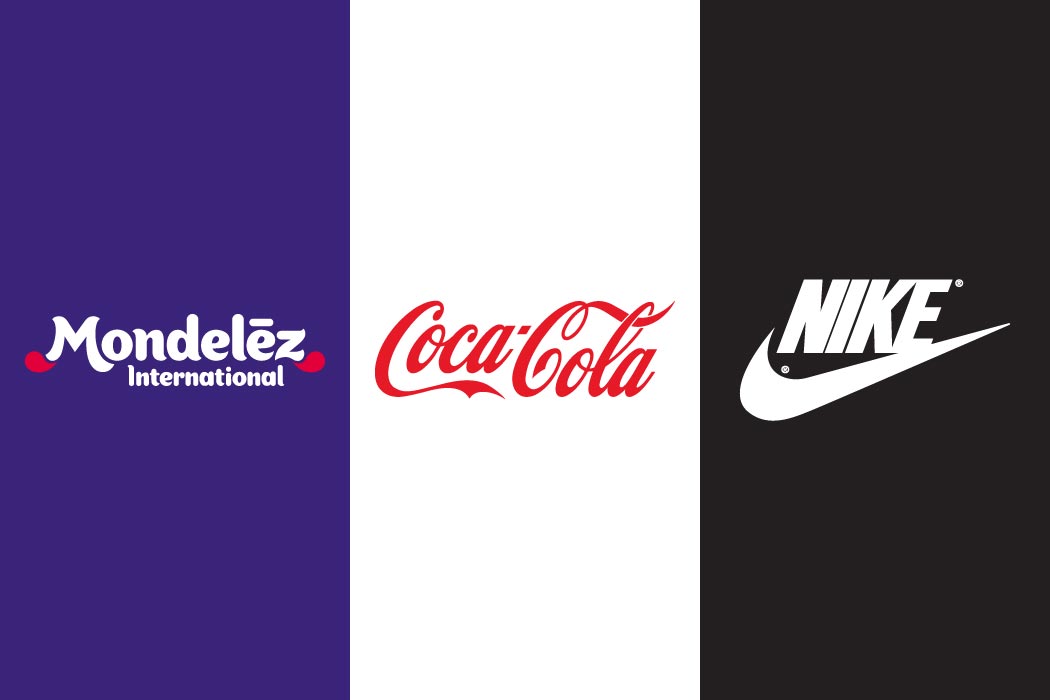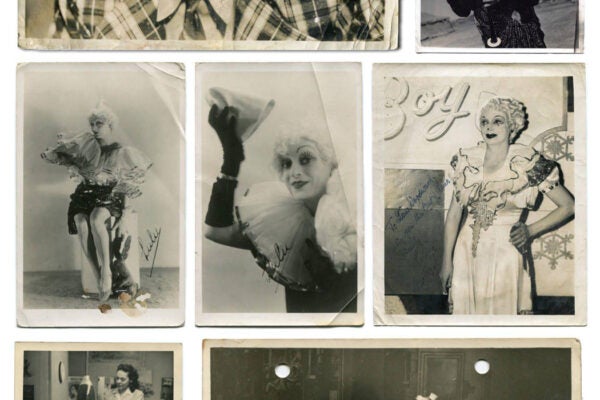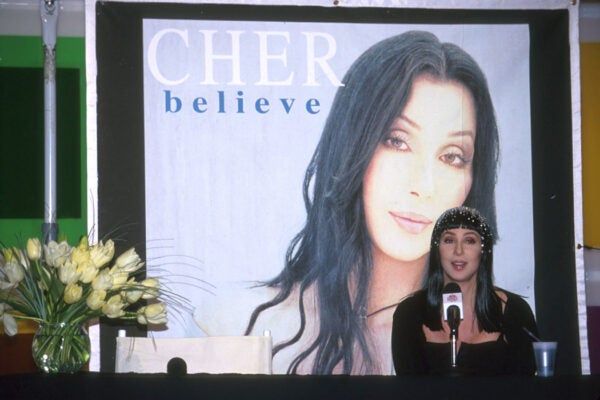What’s in a brand name? No really, what do they put in it? It’s a curious thing that a mere brand name can persuade us to engage emotionally with a product or company. Sometimes, we even develop an unwitting loyalty or long-lasting aversion to a brand, though we might know little about the product. How is this possible? The old Shakesperian adage would have us believe that “a rose by any other name would smell as sweet” but how does this really play out in the world of brand names?
An article in the New York Times on corporate rebranding highlighted how problematic it can be to name an entity in a way that is both appealing and informative. For example, the company once known iconically as Kraft Foods famously rebranded itself as Mondelez International, after a company-wide vote. The rebrand is a rather Frankensteinian portmanteau cobbled together out of the French word ‘monde’ for ‘world’ and the made up coinage ‘delez’ implying the word ‘delicious.’ But it has not been entirely successful in conveying these metaphorical senses to the public. With a new name dreamt up by committee, it is perhaps unlikely that much attention was paid to the pyscholinguistic complexities of brand name construction.
Linguists are often consulted to brainstorm appropriate names for products and companies. Indeed, there are a number of popular linguistic devices that can be used to form effective brand names, such as the phonetic alliteration in Coco-Cola or the morphological elements in Craftmatic or semantic allusions in a brand name like Nike. Semantic metaphors conveying visible, easy to understand meanings ensure that iconic brand names like Apple and Jaguar continue to be popular. But even brand names built on solid naming principles can fail. It turns out that the mere letters and sounds used in a brand name can have a curious impact on its reception by the public, persuading us into developing an emotional bond with the product.
Based on studies of popular brand names and experiments involving made up brand names, linguists and psychologists have found some interesting patterns which, if followed to the letter, so to speak, may well have an impact on future trends in branding.
A 2007 study by Tina M. Lowrey and L. J. Shrum on phonetic symbolism and brand names suggests that consonants and vowels in themselves can convey symbolic meaning, with certain sounds being more positive and others more negative in emphasizing certain properties and characteristics of a product. The study extends a 1929 experiment by Edward Sapir in which participants were asked to associate the artificial words mal and mil (a pair that differs only in their vowels) with either a smaller table or a larger table. Over 80% of participants agreed that mal (with a back vowel) referred to the larger table and mil (with a front vowel) the smaller table. The back vowels in words like ‘dull’, ‘blunder’ and ‘clumsy’ may convey a negative sense and could easily suggest an item which is heavy or large, while words like pinch and slim have front vowels which convey a sense of smallness. Furthermore the study posits that a back vowel sound like the u in putrid and puke are often found in words expressing disgust and so may lend itself to overall negative impressions in general if used.
This kind of phonetic symbolism also seems to be significant in the initial consonants of brand names, but in a different way. They reference a previous 2003 study which reports that names starting with the letter k occur more frequently in brand names compared to their relative usage in the English language. Furthermore, brand names starting with k reportedly are more memorable and effective in brand recognition. This is a startling observation and if true, it might seem like common sense to name any new products with the letter k (or indeed, stick with what you have in the case of Kraft Foods). However, would overuse of this tendency water down any effectiveness over time?
The 2003 study reveals the curiously positive impact of phonetics on brand name success. It found that initial plosives in general (stop consonants such as the aforementioned k, along with p, t, b, d, g sounds) are very effective for brand recall, recognition, and awareness. It is suggested that harder sounds may be useful for indicating harder or more durable characteristics for a product but may conversely be viewed negatively for a product that is ideally soft or light. So it seems that even simple sounds have a role to play in convincing a consumer of a product’s quality, even if we know nothing else about the product.
What is fascinating is how this might tie in with the well known Name Letter Effect, from a 1987 study by Jozef M. Nuttin Jr. which describes the ‘implicit egotism’ in how people tend to gravitate to entities and conditions that share their initials.
Leif D. Nelson and Joseph P. Simmons’ 2007 study outlines how the Name Letter Effect has an unwitting impact on the way a person’s name guides their life choices.
“Toby is more likely to buy a Toyota, move to Toronto, and marry Tonya than is Jack, who is more likely to buy a Jaguar, move to Jacksonville, and marry Jackie.”
Most surprisingly, this unconscious preference for things resembling your own name even extends to negative situations when the initial letter represents a well-known negative state. The study shows that baseball players with a name beginning with K strike out (which is represented by a K in baseball) more often than others. Similarly, students whose names start with C or D were found, on the whole, to have lower grade point averages (where grades are represented by letters) than students whose names start with A or B.
People have a strong propensity to seek out states and products that are represented by their first initial even if that has a negative impact on them. This might be a significant factor in explaining why some people are loyal to certain brands and not others.
So it would seem, despite our cynicism about the ability of advertising to manipulate, ultimately it may be hard to resist the hidden persuasive power of the very sounds that make up a brand name.







